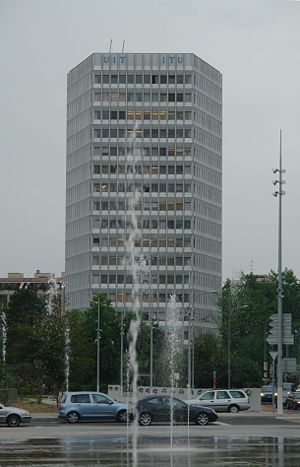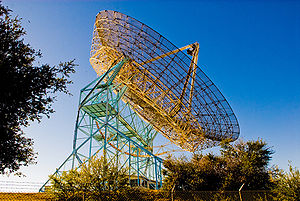The reason that consumers are not willing to pay for super high-speed services at the moment is because they do not have a need to utilize all of the bandwidth for the high price. As more content is delivered over the Internet and prices come down, then demand will grow. This finding is not really surprising. It is a typical technology adoption process. Broadband investment is decreasing because the incumbents have cherry picked the most densely populated areas that will produce an ROI within their corporate requirements. There are still huge parts of the country that have limited access to broadband. Allowing governments to enter into public/private partnerships to build last-mile infrastructure will spur investment into broadband networks in the rest of the nation.
Rahul Gaitonde, Deputy Editor, BroadbandBreakfast.com
WASHINGTON, October 5, 2010 – Consumers are willing to pay a large amount to upgrade their internet access speeds from slow to fast, but are more reluctant to upgrade from fast to super-fast, according to a research paper discussed at the Telecommunications Policy Research Conference last week.
Continue reading









